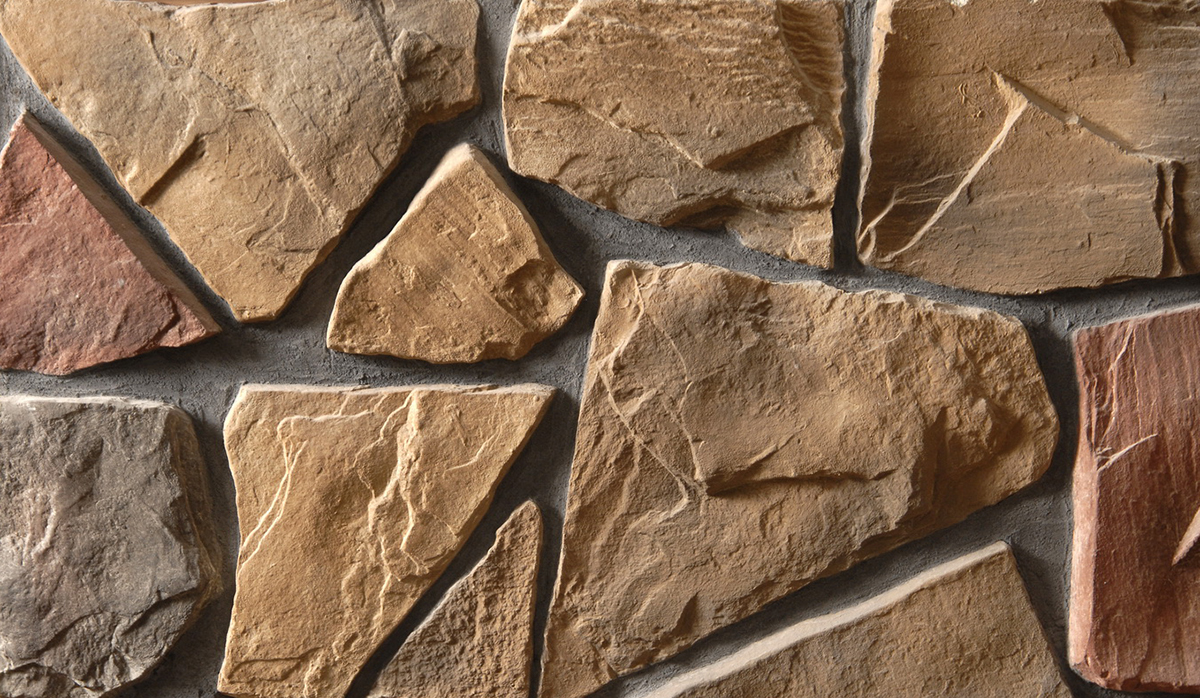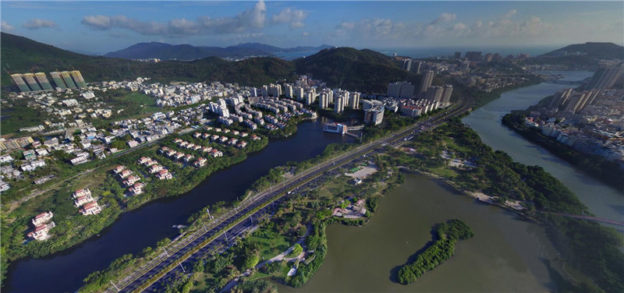Abroad Experience on Sponge City Construction
“Sponge City” concept of building start very early, there is no shortage of outstanding examples of classic cases at home and abroad, designers make full use of rainwater resources. Maximize the function of the building, to avoid the city water logging, at the same time gave the city’s architectural layout splendor.
Seoul, Korea: Improving Permeability Remodeling Water Environment
Seoul, the capital of South Korea, has experienced rapid urbanization over the past 60 years, and has also been affected by the deterioration of the regional water cycle, as well as its entry into a world-class metropolis. In order to change this situation,Seoul improve the permeability of the surface to start, to enhance the land’s own water storage capacity,to create a “let the water can breathe the green city.”
Seoul City proposed five solutions:
Firstly, the government agencies as the guide to improve the surface water permeability. First of all in the asphalt, granite covered roads on both sides of the green belt, while allowing the road to facilitate the natural infiltration of rain, stage of the roadside sidewalk and parking lot of impermeable floor tiles replaced with permeable floor tiles. Especially since 2015, Seoul will ensure that the pavement and other facilities of the water permeability as a mandatory measure.
Secondly, to guide the urban demolition and renovation projects give priority to water cycle recovery. In the design review stage, the competent authority must first discuss the plan with the water recycling management department, and effectively reduce the impact of urban development on the natural water cycle.
Thirdly, to expand the penetration rate of rainwater utilization facilities. Starting from the second half of 2013, the Seoul Metropolitan Government will publicize the value of rainwater utilization through the media and guide the public to enhance water circulation awareness and improve the utilization rate of rainwater in urban agriculture and landscape.
Fourthly, to guide the public Actively participate in water recycling city construction. Seoul City selected a few living quarters for water recycling, including the laying of permeable floor tiles, the construction of rain flower beds, set up rainwater storage facilities.
Fifthly, strengthen water cycle technology research and system construction. Including the water cycle the field monitoring system, the water cycle technology and the transformation model research.
Tokyo, Japan: Construction of storage tanks to enhance reuse
A few years ago, every rainy season, a heavy rain in the evening, one of Tokyo’s transportation hub near the Shibuya station is always water overflowed.
From the beginning of 2015, Shibuya Station area around the start of the overall development project. Including the station project, four development blocks will build nine new buildings, the station building will be built on the 47th floor of the integrated commercial building. But more attractive is in the ground 25 meters deep, build a 4000 tons ofunderground storage tank, equivalent to 8 standard swimming pool water storage capacity. The multi-purpose pool, when the rainfall is more than 50 mm per hour, it can be concentrated around the rainwater storage, instantaneous drainage capacity deficiencies, while Tokyo’s huge underground drainage system connected to the peak in the rain after the rainwater discharge. More importantly, the pool can play the role of regulating pool, usually a certain amount of rainwater storage pool, the rainy season off. After the ground water shortage at any time can be drawn out for the ground watering, dust, fire and other use, or even after purification for public use.
Tokyo’s drainage system works vast, Tokyo rainwater and domestic sewage diversion treatment, the underground drainage pipes a total of 15,800 km. On the ground Edo River, Arakawa, Sumida River, Kanda River many rivers aspect, the water system in the beautification of the city, providing urban water, while playing a drainage, the important role of flood discharge. 90s of last century, Tokyo massive construction, construction of a huge flood diversion project – “the capital outside the circle put water.” The theme of the project is a 50 meters in the ground, a total length of 6.3 km, 10.6 meters in diameter tunnel. One end of the tunnel connects the Tokyo city sewer and the other end connects to the Edo River in the river. In the event of heavy rain, the city can be pumped into the river with a large pump to drain it into the sea. In recent years, Japan is more concerned about the use of rain. In addition to the new building supporting the construction of rainwater storage facilities, the parks, schools have built around the reservoir, so reporters can often see the signs of roadside fire reservoir. Japan pays attention to the respiratory performance of the ground, many roads with large stones and asphalt pavement, pavement is also commonly used permeable bricks, greatly improving its permeability. While minimizing the hardening of the ground, more soil to stay in the ground.




